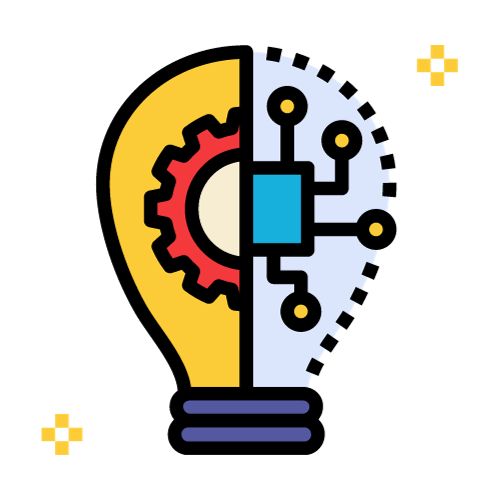Design Technology

Design Technology is about looking at where we are now as a society, and where students think we could be. At Blessed Thomas Holford, we have the future designers, inventors and innovators, the people who will design and shape our future. Our Catholic teachings say we are stewards of the Earth and we are teaching our students how to take on that reasonability. Design Technology aims to teach students to think independently and creativity when they work on a problem. We aim to teach students to be problem solvers, who are not afraid of making mistakes. Design Technology builds on the theory work pupils learn in other subjects; gets students to use their theoretical knowledge and then apply it to solve real world issues. For example, pupils research and study the impact our current lifestyles have on the environment. They then design, develop, and test their ideas until they have a solution. We aim to empower students to become the people who will solve the issues of tomorrow: climate change, overpopulation and improve quality of life.
Year 7
The curriculum journey begins with looking at: What Design Technology is? We look at why it is taught in schools and how studying it can lead to a range of careers. We explore the impact designers have had on humanity and what students think the future holds. Linking to our Catholic teachings of the common good, we challenge students to think about what the next product to improve humanity will be? Students work in teams to solve a problem set by the company PTC and then present their design.
Students will work with textiles and timbers. We explore what they are, how to work with them and the impact they have on the environment. Linking to our role as stewards of the Earth.
Students will study sustainability and question what impact does our lifestyle have on the environment and wider world? How can students design a better world?
Year 8
In Year 8 students study mechanisms and how mechanical systems work. How does a car engine work? How do different linkages work? Students use large levers to test out lever theory. Students then use their knowledge to solve a real world problem set by the company Dinosuit and present their ideas.
We believe every human person is made in the image and likeness of God, so inclusive design is important to us. We focus on how we can design for everyone and make sure all members in our community have products which work for them.
Plastics and electronics. We explore how electrical systems work and how to work with different plastics, and build on both the practical and theoretical work students did on timbers. Much like in Year 7, we consider the impact the plastics we use have on the environment.
YEAR 9
In Year 9, we begin with the study of metals. We look at the impact metals have on the environment drawing upon prior knowledge from Year 7 and Year 8 about the impact of other materials. We learn how to use different material specific tools in the workshop.
Later on, students research other cultures' fashions. Students look at the work of others and then use it as inspiration for their own designs.
Students will work in class and through their home learning to design a new Maggies Centre, which is to support people with cancer. At the end of the project they will present their proposed building, explaining the design and how it will work for their client.
YEAR 10
Year 10 students do an hour theory lesson a week and two hours of project work. In theory, lessons students build on the knowledge they have from lower college and expand on it. Students start the year with a project set by the company Lisi about how to reduce weight without reducing strength. Students also do a project where they research three different companies and design a product in their style. Last year our students made speakers. This year we are going to do desk tidies.
YEAR 11
Year 11 students do an hour theory lesson a week and two hours working on their coursework, which is 50% of their GCSE's. Students use all the skills they have learnt throughout their time at BTH to solve a problem of their own choosing and produce a viable outcome.
INSPIRED BY INDUSTRY DAYS
Year 8 Dyson day
A group of Year 8 students were invited to take part in a day of design innovation, taking inspiration from design engineer James Dyson. Students were set the challenge to re-engineer an existing product and were pushed to think outside the box! Here are some of their amazing creations.
Year 9 MMU End of Year show and Architecture tour
Students are shown around the MMU End of Year Show by a student studying at the university. Students are shown all the different design courses at MMU. Then students are taken on an architectural tour of Oxford Road by Mrs Ginsburgh.
Year 10 Waste management trip
Students saw what happened to all our waste. Did you know a lot of the paper you recycle will come back to you in a few weeks time as Amazon packaging? Different staff who work at the site spoke to students about all the different roles there are in waste management. Material Scientist to Education Officers.
Year 10 Dyson project
Each year Dyson sends us their Engineering Box. This project shows students all the different types of engineers that Dyson employs. Then the students are set different challenges from Dyson to complete.
